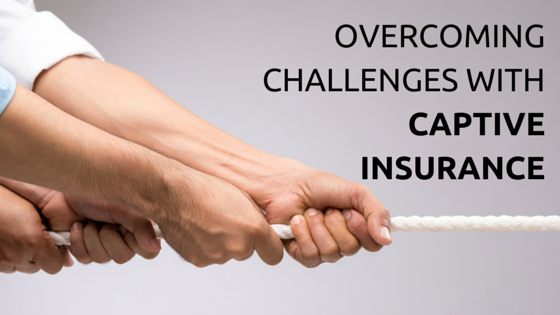
Setting up captive insurance companies allows parent companies to enjoy many benefits. These include the potential to save money on premiums, tailor coverage to a specific company's needs, and exercise more control over risk management. These benefits help explain the growing popularity of captive arrangements with all sorts of corporations and nonprofit organizations.
At the same time, establishing and managing one of these subsidiary insurance companies takes careful planning. The process should never be taken lightly. Mistakes can end up wasting time and money. In the worst case, errors can generate fines and other penalties. Captive insurance managers and planners may want to browse these common captive insurance mistakes to make sure they know how to avoid them.
1. Not Paying Attention to State, Federal, or Other Domicile Regulations
Even though captives may be wholly owned and used by a parent company, they are still insurance companies. They must operate under the same local rules and regulations as any other commercial insurance company. In an ideal case, domiciles might be selected for their favorable rules and regulations.
If it isn't possible to select the most favorable domicile, all operations still have to be carefully planned with regulations and reporting requirements in mind. They must also get planned with the notion that these regulations and rules change all the time. Captives have to be flexible.
2. Using Ad-Hoc Reporting Solutions for Finance, Accounting, and Compliance
Avoidable mistakes plague many captive insurance companies. These often stem from a resistance to using the right data gathering, management, and reporting solutions. Captive insurance managers face increasing pressure to supply data for regulatory reports, financial governance, and even parent company's financial statements. If this data isn't good, companies risk fines and other serious penalties. Of course, captive managers also need to base their decisions upon quality data. Without a good system in place, gathering, auditing, and reporting upn data requires too much time and isn't likely to yield the best results.
Avoiding Captive Insurance Mistakes With Risk Management Information Systems
One of the primary reason that captive managers decide to invest in risk management information systems is because this technology helps companies meet regulatory reporting requirements in an efficient and accurate manner. Automation also helps companies respond to rapidly changing and growing demands for information. Data can get input and validated at the source. After that, the data gets consolidated into one system for easy access. At that point, gathering information for a variety of reports becomes the simplest part of the process.
At Ventiv Technology, we hope to share our experience with you. We want to help your company avoid common captive insurance mistakes. Our risk management information technology assists both large and small captive arrangements, and it is still flexible enough to customize for different kinds of companies and for locations all over the world. We'd like to invite you to explore the benefits of using our integrated risk management systems in captive arrangements by downloading this free resource from our resource page: "The Captive Insurance Company's Guide." Also, contact us at any time for a free demo.














